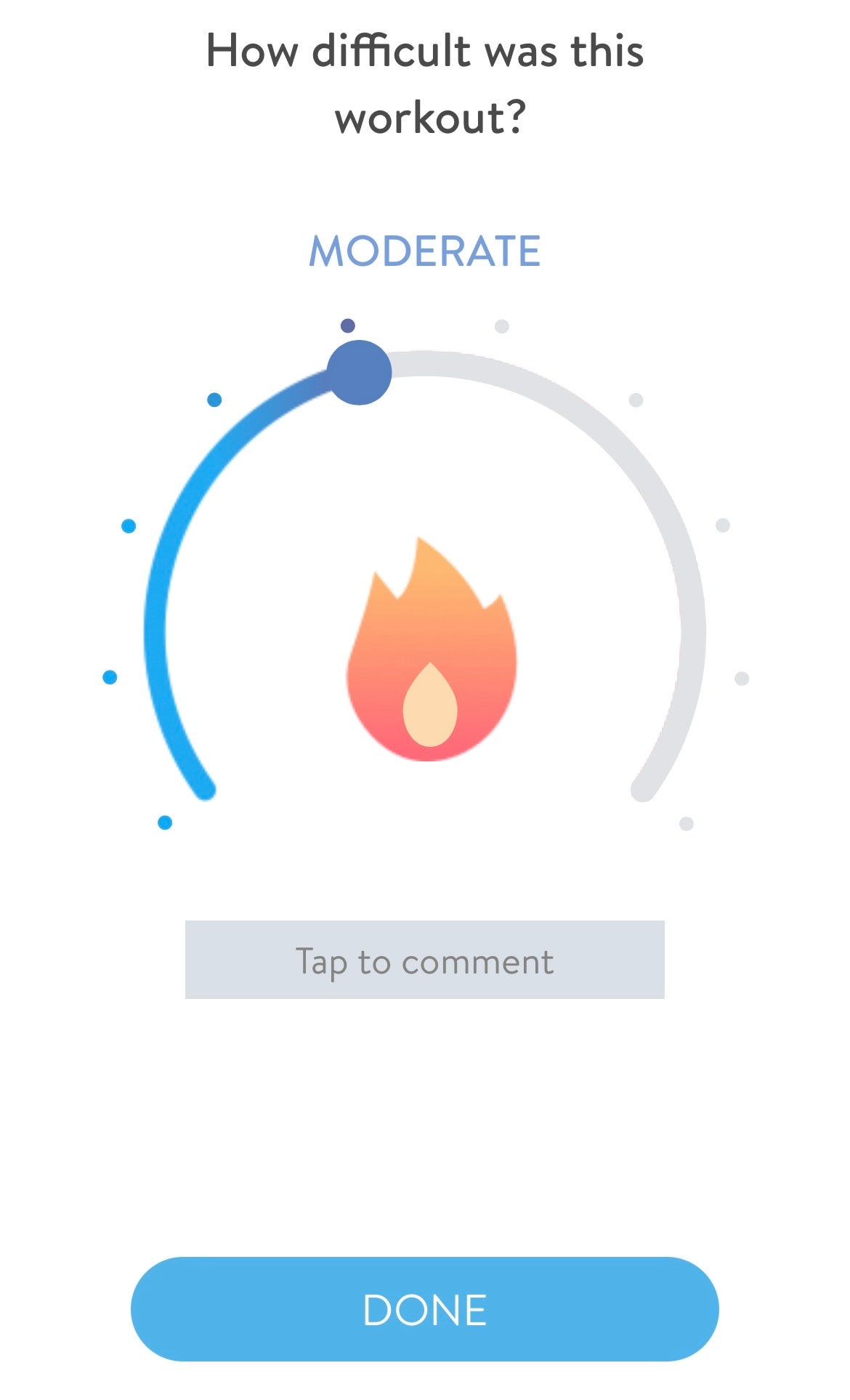
Unlock Your Full Potential with Training Variation: Avoid Plateaus and Maximize Results
This is Part 2 of a 4-Part series detailing how to build a successful training program.
Part 1 of this 4-part series discussed the benefits of training with SPECIFICITY.
The next step in maximizing your fitness potential and getting as much as you can from your workouts is to add variation to your training.
Having variation in your training is critical for your success because without it – no matter how often or how hard you train, your results will either plateau, decrease or both. If you’re not varying your training, it’s just a matter of time. There are a number of ways you can add variation to your training – you can vary the volume (sets x reps x weight lifted), exercise selection, training frequency (how often you train), rest intervals, intensity (how heavy or light you’re lifting), and/or the speed of movement - just to name a few. The best way to incorporate training variation is with periodization training. The best way to avoid a plateau is to include intentional variation of the force your body to adapt. When your body has to adapt, we get results.
There are also different times to incorporate variation into your training. Variation in your training cycles can occur within a single workout, during a week, or over the course of a training cycle / program that lasts for several weeks. Within a workout, a common method is to change up the intensity at which individual exercises are performed. You can also manipulate the rest intervals during a workout to create variation.
Adding variation within your week of training is one of the best ways to incorporate variation into your training cycles by doing a combination of light and heavy days of training. Light days are used for active recovery.
However, a training program variation technique that is far superior is to maintain the same number of repetitions but changing the load. If the volume is reduced but you increase the repetitions, the cumulative workload will increase, and the light day will actually become a heavy day! If you did some type of testing to establish the level of strength you are taking into the cycle, the load(s) you are training with can easily become much more accurate, making your training efforts that much more effective.
Your training cycles and programs should vary between weeks, through changes in volume, intensity, frequency, exercise selection and what the training focus is. For example, if you’re going to run a 4-week conditioning cycle, the cycle may have a 3 (sets) x 12 (reps) scheme programmed for the exercises. Intensity could be increased for 3 weeks and then decreased during the 4th week, creating what we call a 3:1 loading block. As basic as it may seem, it is one of the most effective ways to vary your loading from week-to-week that is scientifically proven to produce results. On paper that looks like this:
Week 1 = light to moderate (intensity – the weight you’re lifting)
Week 2 = moderate to high (intensity)
Week 3 = high (intensity)
Week 4 = unload (light to moderate intensity – looks like week 1)
After this 4-week cycle is done, move on to a completely different cycle. This programming style also allows your body to grow into training harder. As your fitness gets better, your training gets harder. By the time you get to week 3, your body (and fitness) is ready to handle the challenge! Not only will you avoid hitting a plateau, you’ll also be maximizing injury prevention and be creating greater training adaptations (which is ultimately what we want).
Training variations should be mixed into your cycles as you progress through your fitness journey as you get stronger, leaner, fitter, etc. If you are not mixing in variation into your training cycles, your results will plateau, you can actually lose strength – instead of getting stronger, neuromuscular activation (the connection between your nerves and your muscles – think walking or using your hands to grab and pick something up) can decrease, and you will more than likely experience overtraining symptoms sooner than later.
Variation might be the single most important pillar in periodization training. You must change up what you’re doing on a regular basis. If your only variations were doing a 4-week conditioning cycle ► chase that with a 4-week muscle building cycle ► followed by a 4-week strength cycle, you’d probably hit every goal you have, rarely plateau, and end up in the best shape of your life once every 12 weeks.
If you’re not getting the results you think you should be getting or have hit a plateau, start mixing it up and your progress should will start trending up!
C'mon - let's chisel!